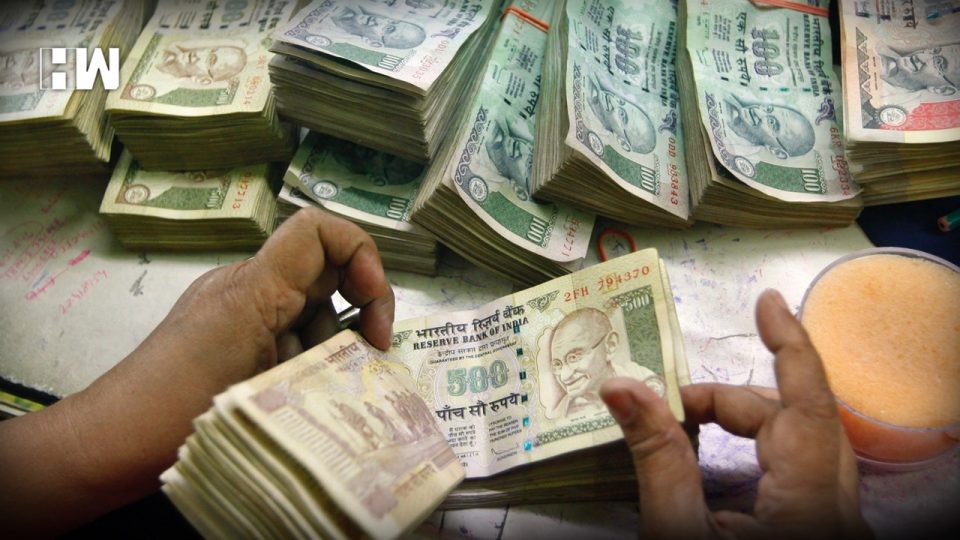The controversial demonetisation, which is often touted to be one of the biggest reforms undertaken by the Modi government, is back in the news. A response to a RTI query reveals that in their 561st meeting, held at 5.30 pm on 8.11.2016, the board of directors of the Reserve Bank of India, the RBI had warned the government that removing the high value currency notes of Rs.500 and Rs.1000 out of circulation, is unlikely to stem or eliminate black money, since most of such wealth is stashed/hidden in assets like gold and real estate. This opinion of the RBI was contradictory to that of the government, which had said that while the economy grew by 30% during 2011/12 to 2015/16, these notes in circulation had increased by an average of 86% indicating a build up of black money therein. It also did not agree with the white paper of the Department of Revenue, which had supported demonetisation, by stating that cash facilitated black money transactions, without leaving a trail.
The RBI also did not give much importance to the relevance of demonetisation to counterfeit money in circulation, stating that it was a mere Rs.400 crores and did not justify demonetisation. The members of the RBI board also pointed out that demonetisation would have a negative effect on the GDP growth in the short run. The RBI board however strangely concluded at 5.30 pm that demonetisation was in public interest and at 8 pm, the PM announced it.
But demonetisation did not prove to be good in the larger public interest as the RBI had thought. It disrupted the GDP growth of India and the common man’s livelihood for almost two years. Its biggest criticism and proof of failure was that over 99% of the money in circulation came back into the official banking system, belying the government’s statement in the Supreme Court, estimating that Rs.5 lakh crores of cash will not come back into the system, thus cancelling the black money in circulation to that extent and representing a huge demonetisation dividend to the government. So the main justification of the government that demonetisation will combat black money was proven to be wrong and the RBI’s contention that black money is parked mainly in real estate and gold was proved right. The reality is that almost all the cash in circulation came back, and demonetisation was ineffective against black money, as was claimed by the government.
The Department of Revenue is right that cash facilitates black money and leaves no audit trail. But the fact is that it is finally parked/created in the form of gold and real estate, as also shares, loans and advances and is not hoarded/stored as cash, except in the basements of our corrupt politicians, who are largely beyond the clutches of the law. Cash is a mere pass through medium that helps to generate black money, which is parked in different assets. If you go by the experience of the raids conducted by the ITD, less that 2% of the black money is found to be in the form of cash and most of it is parked in real estate, jewellery, gold, benami investments and shares.
The reality is that the agency/authority that deal with black money in India, are the Income Tax Department and the ED and if their advice and experience was sought by the government, on the efficacy of demonetisation, it would have perhaps dropped the very idea, because a very small fraction of black money is kept in cash, as is found in income tax raids and as was evident from the draconian demonetisation too. As lesson that we learnt at a huge cost; which gave a huge setback to India’s GDP and eroded the earnings and employment of millions.
As an independent media platform, we do not take advertisements from governments and corporate houses. It is you, our readers, who have supported us on our journey to do honest and unbiased journalism. Please contribute, so that we can continue to do the same in future.

